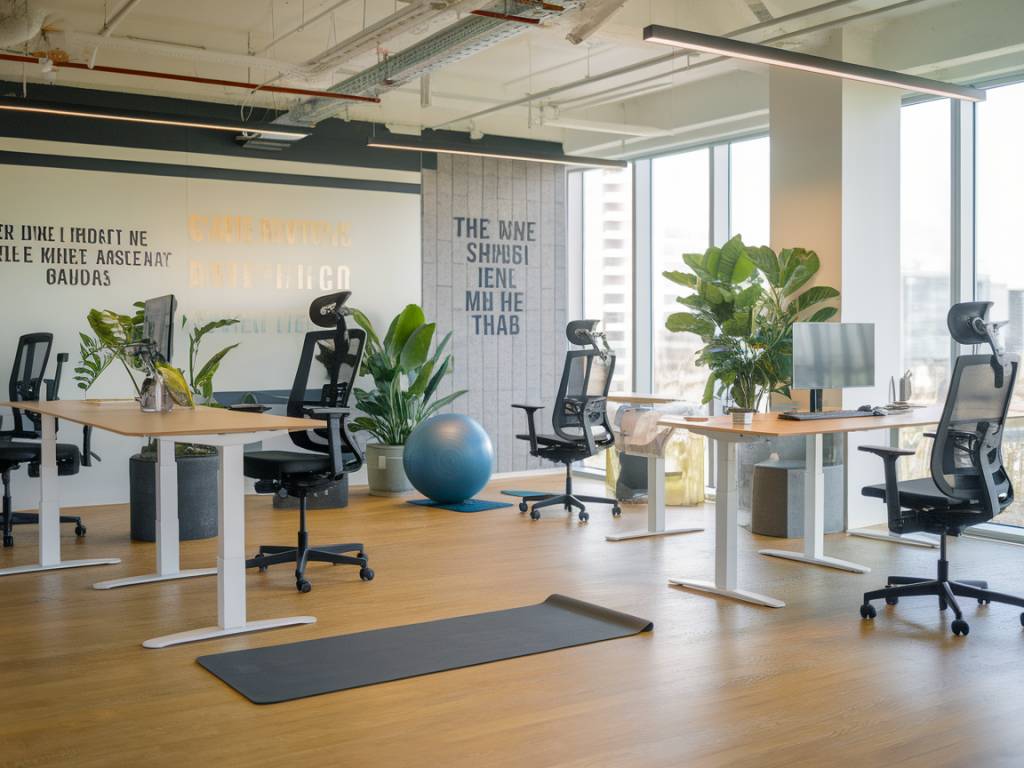How can companies reduce workplace accidents with innovative health solutions?
In today’s fast-paced work environment, the safety of employees should be a top priority for any company. However, ensuring workplace safety is no small feat. With innovative health solutions making waves across industries, the opportunity to reduce workplace accidents has never been more promising. But how exactly can companies harness these innovations effectively?
The Virtual Reality Revolution
Virtual reality (VR) isn’t just for gamers anymore. It’s rapidly becoming a tool for safety training in various industries. Imagine stepping into a virtual construction site where hazards are simulated, but the risk is zero. Companies can leverage VR to provide immersive training experiences that prepare employees for real-world scenarios without the accompanying danger.
One standout example is Walmart, which uses VR to train employees in customer service and new store experiences. Trainees are exposed to potential situations they might encounter, allowing them to learn and adapt their responses. By adopting similar strategies, companies can enhance workers’ situational awareness and response times to potential hazards.
Wearables for Workplace Safety
Wearable technology is another innovative health solution reshaping workplace safety. Think of gadgets that monitor everything from heart rate to air quality, giving employers real-time data to act upon. These devices not only ensure immediate alerts for potential health risks but also provide long-term insights into workplace conditions.
Take, for instance, a warehouse worker equipped with a smart helmet that detects carbon monoxide levels. If the air quality dips below safety standards, an alert is sent out immediately. This proactive approach allows companies to address issues before they become accidents.
Big Data and Predictive Analytics
Big data isn’t just a buzzword; it’s a transformative tool for anticipating and preventing workplace accidents. By analyzing patterns in incident reports, machine performance, and employee health records, companies can identify risk factors and implement targeted interventions.
Consider the case of an oil and gas company that used predictive analytics to foresee equipment failures. By preemptively addressing these potential failures, the company significantly reduced downtime and avoided costly and dangerous accidents.
Proactive Safety Cultures
While technology plays a crucial role, fostering a proactive safety culture is quintessential. Companies should encourage open communication where employees feel comfortable reporting hazards or near misses without fear of reprisal. This not only enhances safety but also builds trust within the workforce.
For example, a manufacturing firm implementing a « stop work » policy empowers employees to halt operations if they detect a potential safety risk. This not only prevents accidents but also demonstrates a commitment to employee well-being, encouraging active participation in maintaining a safe work environment.
Remote Monitoring for High-Risk Tasks
Remote monitoring technology allows companies to oversee safety operations in high-risk environments without physically being there. This can be a game-changer for industries like mining or chemical manufacturing, where conditions might be too hazardous for regular human presence.
A telecommunications company exemplified this by using drones to inspect cell towers instead of sending workers up the towers themselves. This not only reduced the risk of falls but also enhanced inspection efficiency and accuracy.
Engaging the Workforce with Gamification
Innovation in workplace safety isn’t just about high-tech solutions; sometimes, it’s about making safety training engaging. By incorporating gamification into safety programs, companies can make learning about safety protocols fun and memorable.
Imagine a quiz-style game where employees compete to identify potential workplace hazards. Not only does this improve retention of safety knowledge, but it also adds a layer of engagement that traditional methods lack. Laughter and learning can indeed go hand in hand!
In this rapidly evolving landscape, the challenge for companies is not just to adopt innovative health solutions but to integrate them into a cohesive safety strategy. By staying ahead of the curve and fostering a culture that embraces innovation, companies can significantly reduce workplace accidents and ensure a healthier, safer work environment for all. After all, in the world of workplace safety, prevention is always better than cure—even when it sometimes involves playing virtual reality games!



